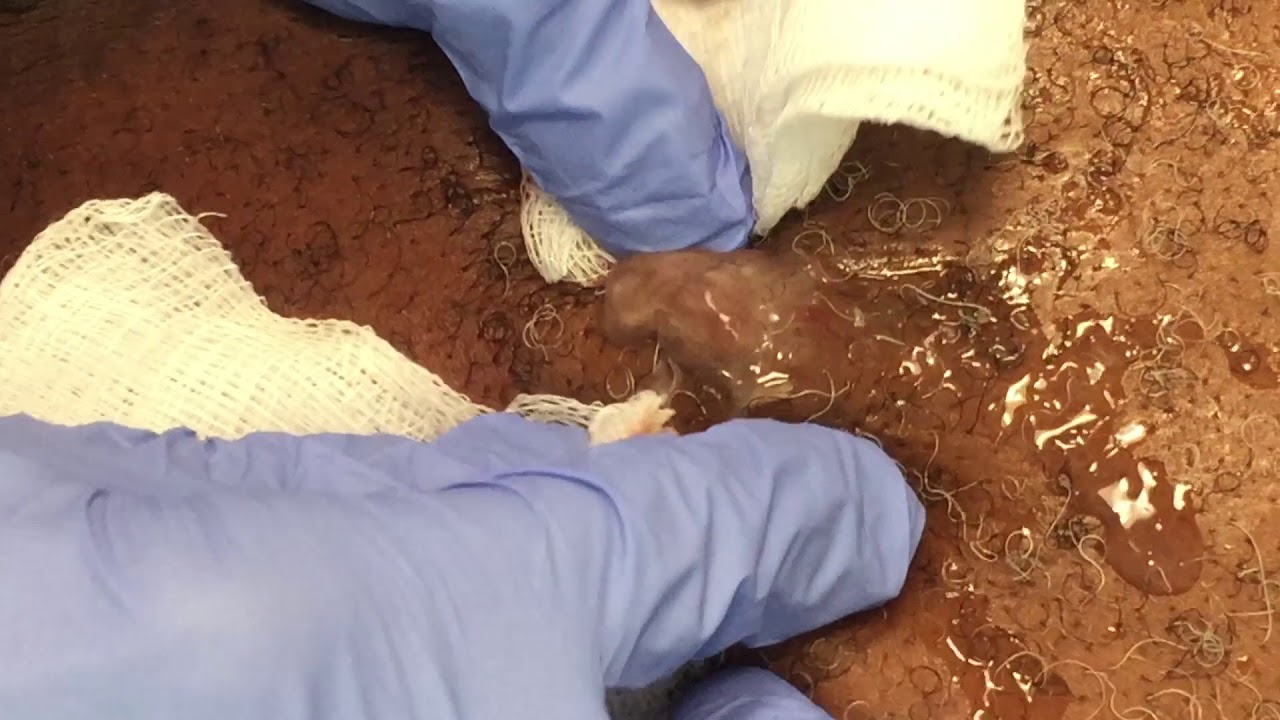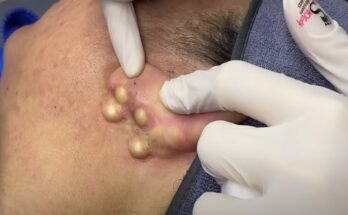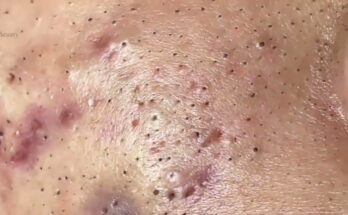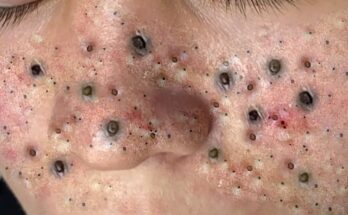Squamous Cell Carcinoma (SCC) is the second most common type of skin cancer, and when it appears on high-risk areas like the forehead, accurate diagnosis and effective treatment become especially important. One of the critical first steps in managing SCC is performing a biopsy—an essential procedure to confirm the diagnosis and guide further treatment. In sensitive facial regions, a modified biopsy technique can offer significant advantages.
A modified biopsy refers to a technique tailored to preserve cosmetic appearance while ensuring accurate tissue sampling. On the forehead, where skin is often taut and aesthetically sensitive, this approach helps minimize scarring and tissue damage. The goal is to remove just enough tissue to make an accurate diagnosis without compromising surrounding healthy skin.
In this case, a modified punch or shave biopsy may be chosen, depending on the size, depth, and location of the lesion. Local anesthesia is administered to ensure patient comfort. The tissue sample is then sent to a pathology lab, where specialists examine it for cancerous cells and assess how aggressive the tumor is.
Early and precise diagnosis is crucial because SCC can grow rapidly and, in some cases, metastasize if left untreated. Once the biopsy confirms squamous cell carcinoma, the treatment plan may include surgical excision, Mohs micrographic surgery, or non-surgical therapies depending on the size and depth of the lesion.

By using a modified approach for biopsy, dermatologists aim to balance two vital needs: complete and accurate diagnosis, and preservation of the patient’s appearance. Especially in facial areas like the forehead, precision-driven care can lead to better cosmetic outcomes and faster recovery.
If you notice a persistent, scaly, or growing lesion on your face, seek medical advice early—timely action could make all the difference.


